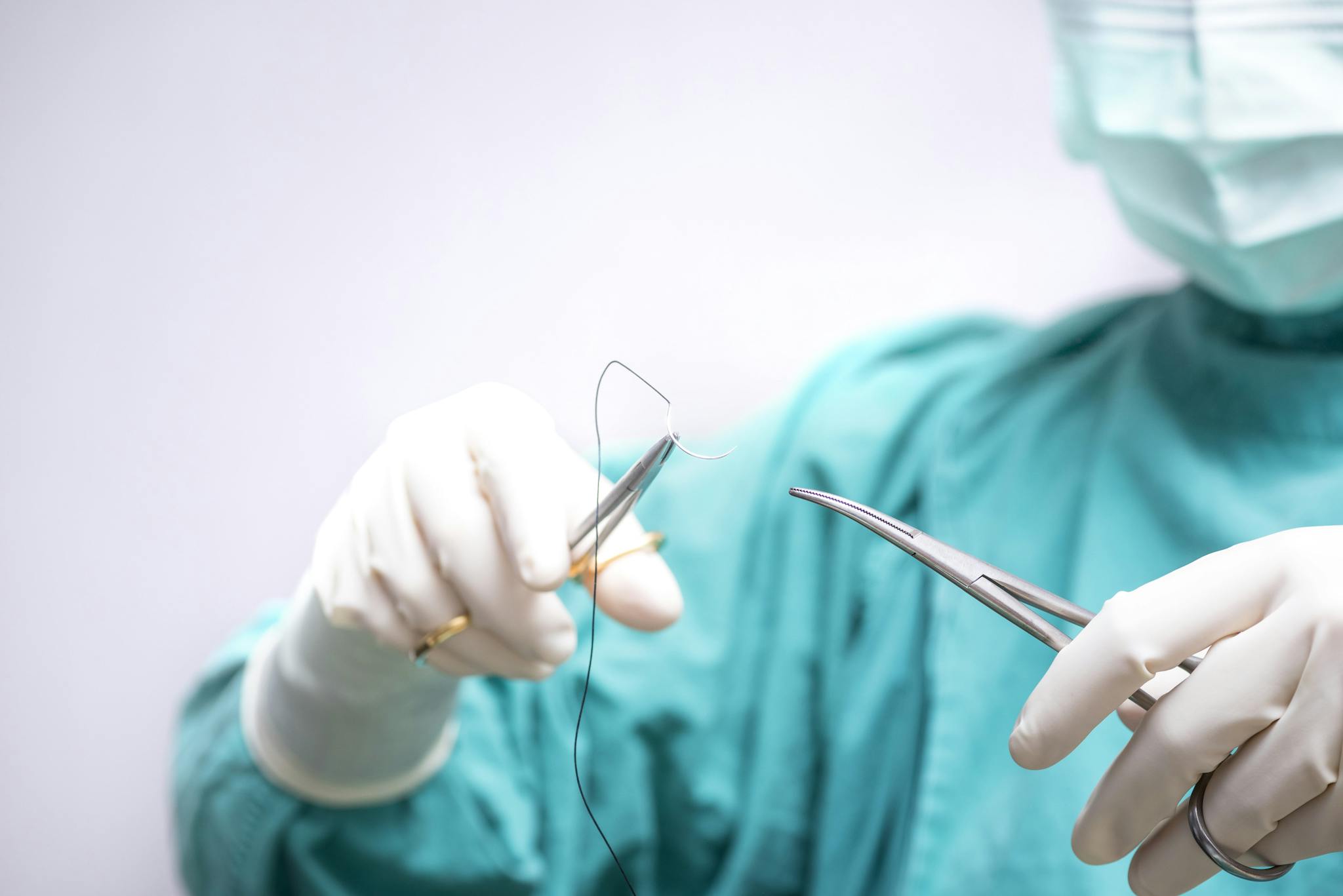
2024-07-12T16:54:51
Sunscreen Travel Tips
- Dermatology
March 19, 2019 | Family Medicine • Urgent Care

Although many injuries can be treated at home using basic first aid, some wounds need medical attention. Whether your child scraped a knee at the playground or you accidentally sliced your finger while chopping veggies, here’s how to tell if you need stitches.
Stitches serve a few important purposes. They reduce bleeding and prevent the wound from becoming infected. They also support the skin during the healing process and help it to close without scarring. See a doctor for stitches if the cut:
Even if the wound seems minor, you should still seek medical care if it was caused by a dirty or rusty object, animal bite, or puncture with an object that may still be in the skin. These injuries require a tetanus shot to prevent infection.
Signs of infection also require medical care. See the doctor if the skin surrounding the wound is warm, swollen and painful. Pus, nausea and fever or chills may also be present if there’s an infection.
When seeking treatment for a wound, apply direct pressure to the area with a clean cloth and elevate it above your heart. Do not attempt to remove an embedded object, such as a nail or staple.
If possible, clean the injury by rinsing with warm tap water—avoid using iodine or hydrogen peroxide on the wound. Then, pat the wound dry with a clean cloth and cover with a clean bandage.
If children need stitches, prevent them from eating or drinking before the doctor visit. This may delay treatment if sedation is required.
Closely follow aftercare instructions regarding your stitches, as different types of stitches require different aftercare. Depending on how severe the cut is, stitches may be removed in a few days to a few weeks whereas oral stitches dissolve on their own.
Usually, you’ll have to keep the stitched wound completely dry for the first day. Your doctor will tell you when you can clean the area and how to do so. You should gently remove dirt and crust that accumulates around the stitches and cover it with a clean bandage if fluid leakage is present.
Avoid swimming and bathing with your stitches, although showering is OK. Wash the area gently and pat dry with a towel. Don’t scratch the area, as this can pull out the stitches before the wound is healed.
If your child has stitches, he or she should stay out of sandboxes and other dirty areas. Getting debris into the cut can increase the risk of infection. Contact sports should also be avoided until the wound heals. Call the doctor right away if signs of infection develop.
“Does Your Cut Need Stitches? Find Out How To Tell.” Cleveland Clinic.
https://health.clevelandclinic.org/does-your-cut-need-stitches-find-out-how-to-tell/
“Does This Cut Need Stitches?” WebMD.

WRITTEN BY:
The Live Better Team


2024-07-12T16:54:51

2024-07-02T11:42:04

2024-07-01T13:49:28

2024-06-21T14:29:51
This information is not intended to replace the advice of a medical professional. You should always consult your doctor before making decisions about your health.